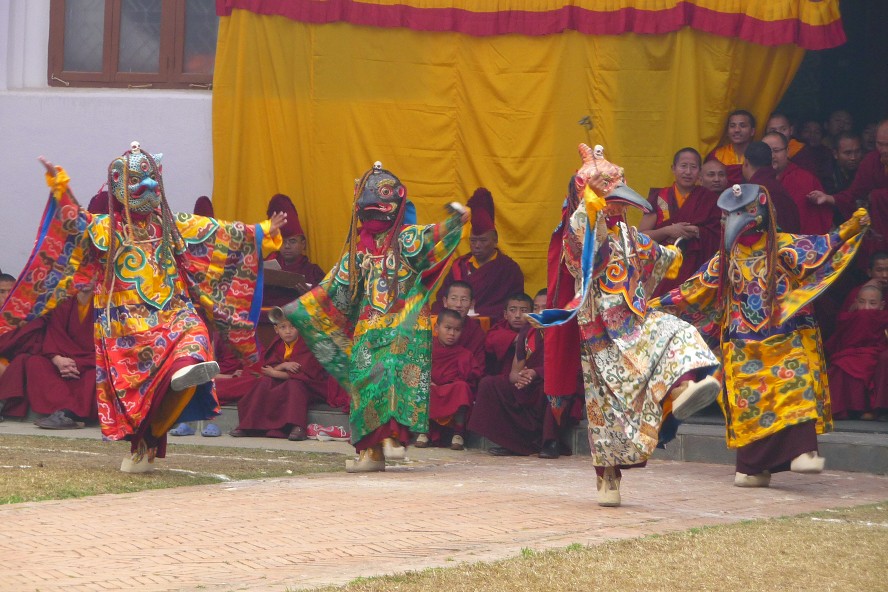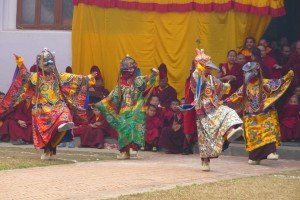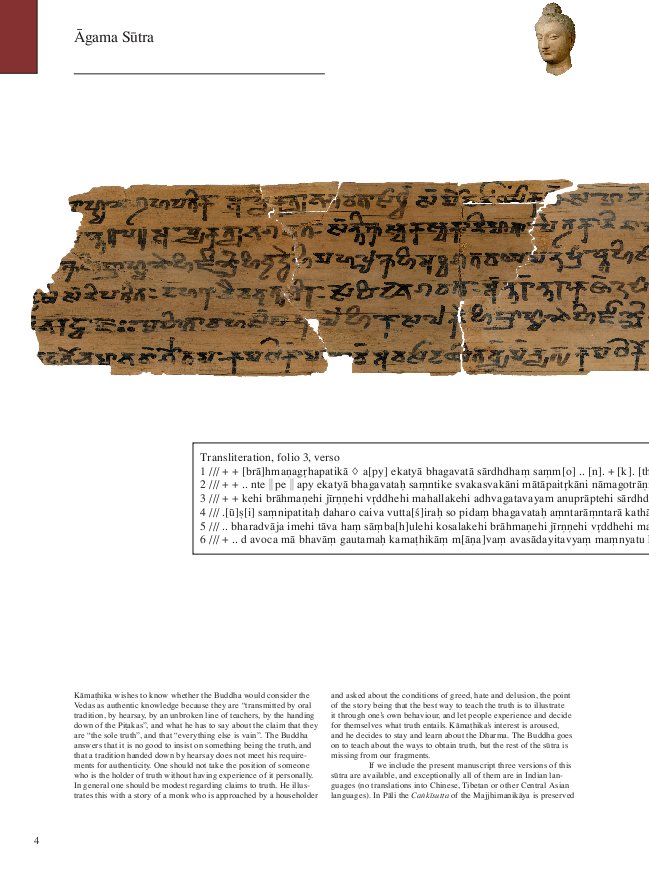
Mary Slusser. The Antiquity of Nepalese Wood Carving: A Reassessment. Freer/Sackler Gallery of the Smithsonian Institution: August 2010. ISBN 9780295990293. 325 pp., 201 illus. [official site]
According to the blurb, the author has carbon-dated certain items to a period as early as the Licchavi era, notably the struts of Uku Bāhā, one of the oldest continuously maintained Buddhist institutions in South Asia. Objects still in situ appear to be of much greater antiquity than previously thought.
A preview of Slusser’s findings was published on asianart.com. Given the author’s impressive contribution, we can perhaps overlook the misplaced horror at the recent painting of those wooden struts, which, incidentally, I witnessed during the Bāhā’s preparatory cleaning for its hosting of the Matayā festival. I am sure Dr. Slusser appreciates that sacred places in the Valley are living entities, subject to periodic renovation, which do not stay frozen in time for the amusement of Westerners with antiquarian fetishes.
It should also be said that “the first to publish an Ukubāhāḥ strut—or for that matter any Nepalese wooden sculpture” was not “Pratapaditya Pal in his 1974 Art of Nepal“. Previously there was Stella Kramrisch, and of course Giuseppe Tucci published many photographs of such items in the course of his career, culminating in his ’69 coffee-table book of erotic Newar temple sculpture, Rati-Līlā — a lyrical and mature statement of Tucci’s thinking, juxtaposed in a slightly tawdry way with photographed wood carvings of human (and other) maithuna scenes of questionable artistic merit.











 Last year I had the fortune to cross paths with Mr. Belezza [
Last year I had the fortune to cross paths with Mr. Belezza [ 宮坂 宥勝 (編集) 『
宮坂 宥勝 (編集) 『